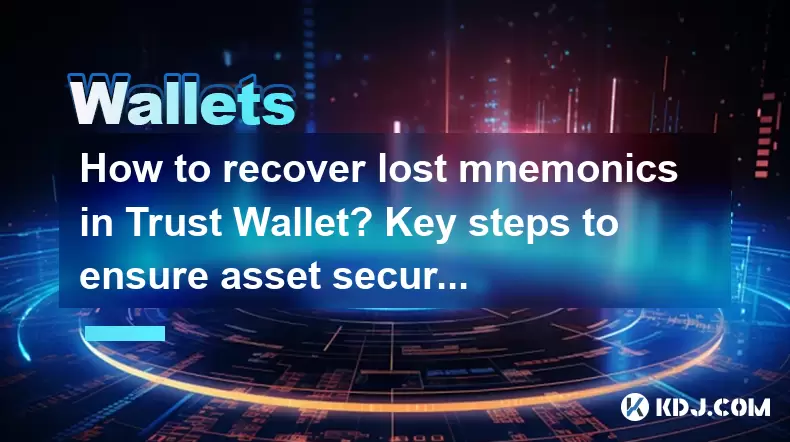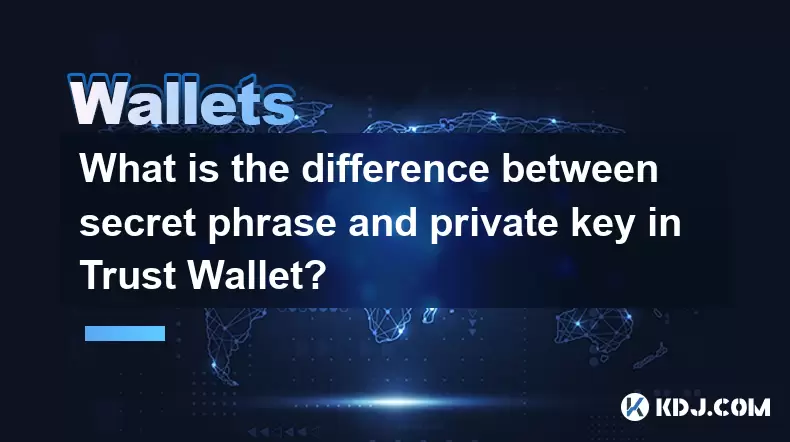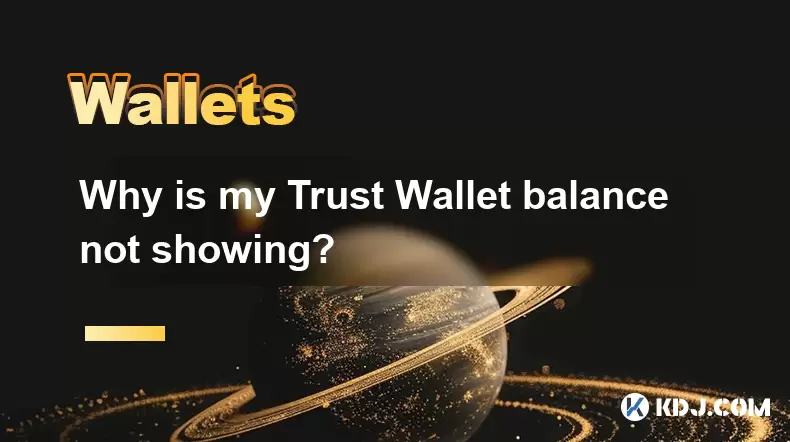-
 Bitcoin
Bitcoin $113900
-1.39% -
 Ethereum
Ethereum $3517
-4.15% -
 XRP
XRP $3.009
1.59% -
 Tether USDt
Tether USDt $0.9997
-0.04% -
 BNB
BNB $766.8
-1.41% -
 Solana
Solana $164.6
-2.38% -
 USDC
USDC $0.9998
-0.02% -
 TRON
TRON $0.3277
0.65% -
 Dogecoin
Dogecoin $0.2023
-1.67% -
 Cardano
Cardano $0.7246
0.05% -
 Hyperliquid
Hyperliquid $38.27
-4.77% -
 Sui
Sui $3.528
-0.52% -
 Stellar
Stellar $0.3890
-0.73% -
 Chainlink
Chainlink $16.16
-2.69% -
 Bitcoin Cash
Bitcoin Cash $539.9
-4.38% -
 Hedera
Hedera $0.2425
-2.00% -
 Avalanche
Avalanche $21.71
-0.97% -
 Toncoin
Toncoin $3.662
5.73% -
 Ethena USDe
Ethena USDe $1.000
-0.02% -
 UNUS SED LEO
UNUS SED LEO $8.964
0.35% -
 Litecoin
Litecoin $107.7
2.33% -
 Shiba Inu
Shiba Inu $0.00001223
-0.40% -
 Polkadot
Polkadot $3.617
-0.97% -
 Uniswap
Uniswap $9.052
-2.49% -
 Monero
Monero $295.1
-3.79% -
 Dai
Dai $0.9999
0.00% -
 Bitget Token
Bitget Token $4.315
-1.85% -
 Pepe
Pepe $0.00001060
0.11% -
 Cronos
Cronos $0.1342
-2.72% -
 Aave
Aave $256.0
-0.87%
How to recover lost mnemonics in Trust Wallet? Key steps to ensure asset security
Losing your 12-word mnemonic phrase in Trust Wallet can be disastrous, but you can attempt recovery by checking notes, using old devices, or seeking guidance from support.
May 17, 2025 at 01:21 pm

Recovering lost mnemonics in Trust Wallet is a critical process that can be the difference between securing your assets and losing them permanently. Trust Wallet is a popular mobile wallet that supports a wide range of cryptocurrencies, and it uses a 12-word mnemonic phrase as a backup mechanism. Losing this phrase can be disastrous, but there are steps you can take to attempt recovery and ensure your assets remain secure.
Understanding Mnemonics in Trust Wallet
Mnemonics, also known as seed phrases, are a series of words that serve as a backup for your cryptocurrency wallet. In Trust Wallet, this phrase is typically 12 words long and is generated when you first set up your wallet. These words are crucial because they can be used to restore your wallet on any compatible device, allowing you to regain access to your funds if your device is lost, stolen, or damaged.
Importance of Backing Up Your Mnemonics
Backing up your mnemonics is the most straightforward way to ensure you can recover your wallet if needed. Trust Wallet prompts you to write down these words when you create your wallet. It's essential to store this backup in a safe place, such as a secure physical location or a secure digital vault. Never share your mnemonic phrase with anyone, as doing so can compromise your wallet's security.
Steps to Recover Lost Mnemonics
If you find yourself in a situation where you've lost your mnemonics, here are the key steps to attempt recovery:
Check Your Initial Setup Notes: If you wrote down your mnemonic phrase during the initial setup, check any notes or documents where you might have stored it. Many users keep a physical copy in a safe or a secure digital note.
Use Any Previously Used Devices: If you've used your Trust Wallet on another device, try accessing it there. The mnemonic phrase might be saved in the app's settings or in the device's backup data.
Reach Out to Support: While Trust Wallet cannot recover your mnemonic phrase for you, their support team can provide guidance and recommendations on how to proceed. Contact them through the app or their official website.
Try Brute Force Recovery Tools: There are third-party tools designed to help recover lost mnemonics through brute force methods. These tools attempt to guess the correct sequence of words. However, be cautious as using such tools can be risky and time-consuming.
Ensuring Asset Security During Recovery
While attempting to recover your mnemonics, it's crucial to maintain the security of your assets. Here are some steps to follow:
Do Not Share Your Information: Never share your mnemonic phrase or any personal information with anyone claiming to help you recover your wallet. Scammers often target individuals in such situations.
Use Secure Networks: When accessing your wallet or attempting recovery, ensure you're using a secure and private internet connection. Public Wi-Fi can expose your information to hackers.
Keep Software Updated: Ensure that both your device and the Trust Wallet app are up to date with the latest security patches and features.
Consider Hardware Wallets: If you're concerned about the security of your mnemonics, consider transferring your assets to a hardware wallet. These devices store your private keys offline, offering an additional layer of security.
Alternative Methods for Recovery
If the standard methods fail, you might consider alternative approaches:
Social Engineering Recovery: Some users have successfully recovered their mnemonics by retracing their steps and recalling where they might have stored the phrase. This could involve checking old emails, text messages, or even physical locations where you might have hidden the backup.
Professional Recovery Services: There are professional services that specialize in cryptocurrency wallet recovery. These services can be costly and come with no guarantees, but they may be an option if all else fails.
Community Assistance: Engaging with the cryptocurrency community can sometimes yield helpful advice or tips from others who have faced similar situations. Forums and social media groups dedicated to cryptocurrency can be valuable resources.
Best Practices for Preventing Future Loss
To avoid finding yourself in a situation where you need to recover lost mnemonics, follow these best practices:
Multiple Backups: Create multiple backups of your mnemonic phrase and store them in different secure locations. This could include physical copies in a safe, digital copies in encrypted files, and perhaps a copy with a trusted legal advisor.
Regularly Check Your Backups: Periodically verify that your backups are still accessible and secure. This ensures that if you need them, they'll be ready to use.
Educate Yourself: Stay informed about the latest security practices and updates related to cryptocurrency wallets. Knowledge is a powerful tool in preventing loss.
Use Strong Passcodes: In addition to your mnemonic phrase, use strong, unique passcodes for your devices and wallets to add an extra layer of security.
Frequently Asked Questions
Q: Can Trust Wallet recover my mnemonics if I forget them?
A: No, Trust Wallet cannot recover your mnemonics for you. They do not store your mnemonic phrases and cannot access them. You are responsible for keeping your mnemonic phrase safe.
Q: Is it safe to use third-party recovery tools?
A: Using third-party recovery tools can be risky. These tools attempt to guess your mnemonic phrase, which can take a long time and may not be successful. Additionally, some tools may not be trustworthy and could potentially steal your information.
Q: What should I do if someone claims they can recover my mnemonics for a fee?
A: Be very cautious of anyone claiming to recover your mnemonics for a fee. This is often a scam designed to steal your cryptocurrency. Trust Wallet and legitimate services will never ask for your mnemonic phrase or payment to recover it.
Q: Can I store my mnemonic phrase digitally?
A: Yes, you can store your mnemonic phrase digitally, but it must be in a secure and encrypted format. Using a password manager or a secure digital vault is recommended. Always ensure that the digital storage solution you choose is highly secure and encrypted.
Disclaimer:info@kdj.com
The information provided is not trading advice. kdj.com does not assume any responsibility for any investments made based on the information provided in this article. Cryptocurrencies are highly volatile and it is highly recommended that you invest with caution after thorough research!
If you believe that the content used on this website infringes your copyright, please contact us immediately (info@kdj.com) and we will delete it promptly.
- Solana, Axiom Exchange, and Revenue: Navigating the Future of DeFi
- 2025-08-02 12:50:12
- Cardano (ADA) and Altcoin Gains: Navigating the Crypto Landscape
- 2025-08-02 12:55:11
- Bitcoin's Bearish Momentum: Fakeout or the Real Deal?
- 2025-08-02 12:30:12
- Ethereum's Rocky Climb: Analysts Eye New ATH Despite Recent Dip
- 2025-08-02 10:30:11
- Ethereum Price, ETF Inflows, and ETH Tokens: What's Driving the Market?
- 2025-08-02 10:50:12
- Ethereum, ADA, and Price Support: What's Next for These Crypto Titans?
- 2025-08-02 10:50:12
Related knowledge

What is a watch-only wallet in Trust Wallet?
Aug 02,2025 at 03:36am
Understanding the Concept of a Watch-Only WalletA watch-only wallet in Trust Wallet allows users to monitor a cryptocurrency address without having ac...

How to switch between networks in Trust Wallet?
Aug 02,2025 at 12:36pm
Understanding Network Switching in Trust WalletSwitching between networks in Trust Wallet allows users to manage assets across different blockchains s...

How to check my full transaction history on Trust Wallet?
Aug 02,2025 at 09:24am
Understanding Transaction History in Trust WalletTrust Wallet is a widely used non-custodial cryptocurrency wallet that supports a broad range of bloc...

Why is my Trust Wallet balance zero?
Aug 02,2025 at 03:49am
Understanding Trust Wallet Balance Display IssuesIf you're seeing a zero balance in your Trust Wallet despite knowing you've previously received or se...

What is the difference between secret phrase and private key in Trust Wallet?
Aug 02,2025 at 09:49am
Understanding the Role of a Secret Phrase in Trust WalletThe secret phrase, also known as a recovery phrase or seed phrase, is a sequence of 12 or 24 ...

Why is my Trust Wallet balance not showing?
Aug 02,2025 at 06:01am
Understanding Trust Wallet Balance Display IssuesMany users encounter the issue where their Trust Wallet balance is not showing despite having previou...

What is a watch-only wallet in Trust Wallet?
Aug 02,2025 at 03:36am
Understanding the Concept of a Watch-Only WalletA watch-only wallet in Trust Wallet allows users to monitor a cryptocurrency address without having ac...

How to switch between networks in Trust Wallet?
Aug 02,2025 at 12:36pm
Understanding Network Switching in Trust WalletSwitching between networks in Trust Wallet allows users to manage assets across different blockchains s...

How to check my full transaction history on Trust Wallet?
Aug 02,2025 at 09:24am
Understanding Transaction History in Trust WalletTrust Wallet is a widely used non-custodial cryptocurrency wallet that supports a broad range of bloc...

Why is my Trust Wallet balance zero?
Aug 02,2025 at 03:49am
Understanding Trust Wallet Balance Display IssuesIf you're seeing a zero balance in your Trust Wallet despite knowing you've previously received or se...

What is the difference between secret phrase and private key in Trust Wallet?
Aug 02,2025 at 09:49am
Understanding the Role of a Secret Phrase in Trust WalletThe secret phrase, also known as a recovery phrase or seed phrase, is a sequence of 12 or 24 ...

Why is my Trust Wallet balance not showing?
Aug 02,2025 at 06:01am
Understanding Trust Wallet Balance Display IssuesMany users encounter the issue where their Trust Wallet balance is not showing despite having previou...
See all articles

























































































